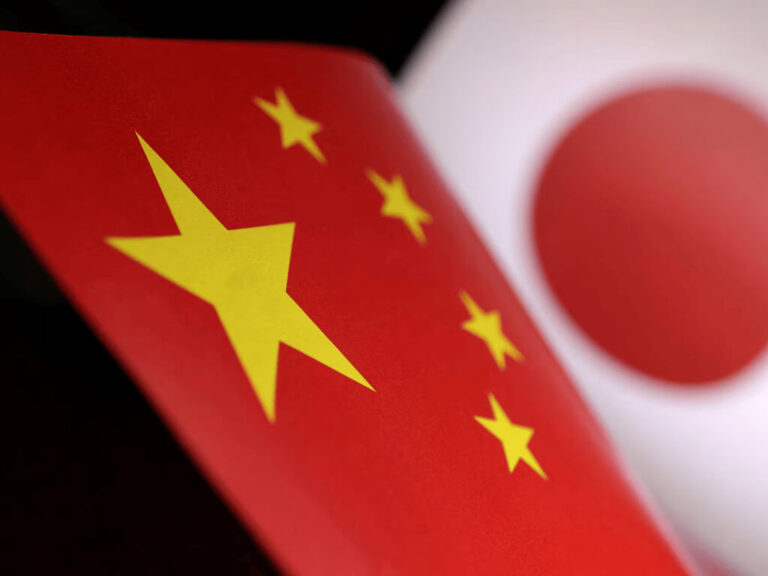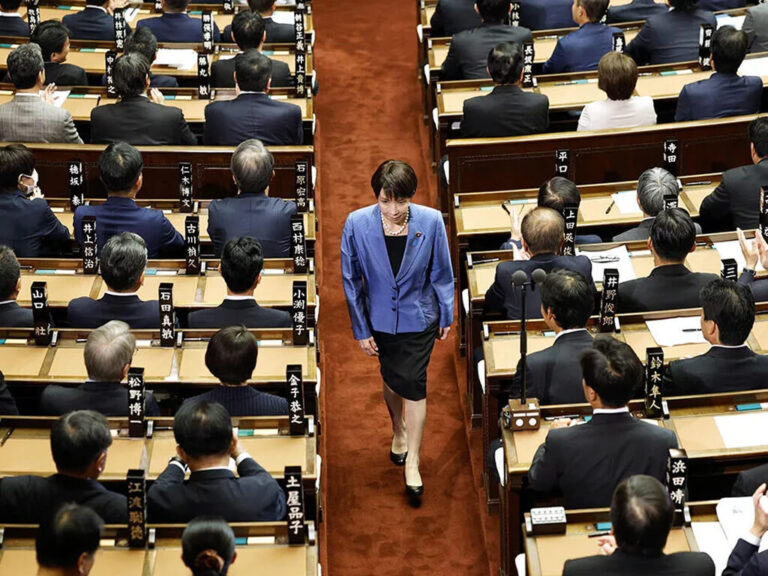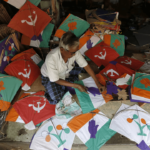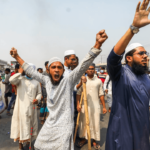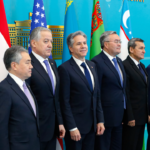Despite fears that tensions between nuclear-armed neighbors India and Pakistan could spiral into a large-scale catastrophe—particularly given their dense populations—the crisis de-escalated relatively quickly. Several missiles reportedly crossed borders, triggering alarm, but no full-scale war ensued. Both nations declared victory. Pakistan claimed it had repelled Indian aggression and delivered a strong response to India’s misdeeds, though it offered little concrete evidence. India, in contrast, released satellite imagery that it said proved the destruction of a militant installation deep inside Pakistani territory.
In the end, both sides emerged with strategic gains. Pakistan, facing internal instability and on the verge of economic collapse, used the incident to galvanize national unity, rally pan-Islamic sentiment, regain international media sympathy, and secure a much-needed IMF bailout. India, meanwhile, framed its response as a justified retaliation for the deadly Pulwama terrorist attack, demonstrating its willingness and capability to strike across the border and target terror infrastructure—backed by visible proof.
It was, in many ways, a win-win scenario with limited immediate costs. Even weeks later, both governments continue to promote their respective narratives on the global stage, sending delegates abroad and shaping domestic political discourse around their version of the events. The incident, now woven into national mythologies, has become a potent political tool on both sides of the border.
A Save for Pakistan
At the time, Pakistan was in one of the deepest crises in its history. The military and its puppet government in Islamabad faced mounting discontent from every corner—economic failure, political instability, and public frustration. The economy had all but collapsed, forcing the country to seek urgent financial aid from the United States and Gulf nations just to keep basic systems running. Politically, the government had lost credibility. Former Prime Minister Imran Khan, ousted under controversial circumstances, remained the popular choice among the people, many of whom viewed the current leadership as corrupt and imposed by foreign influence.
Separatist movements, especially in Balochistan, gained traction. Attacks on military convoys became frequent. A train hijacking in the region brought international humiliation and further exposed the state’s fragility.
In this fragile environment, as in previous times, it was certain that Pakistan would once again try to bring Kashmir and Islam to the forefront—issues that have historically helped the state rally internal unity. A terrorist attack occurred in Pahalgam, which Pakistan denied any involvement in, but it bore the signature of groups known to operate from within its borders. The attack, which targeted only non-Muslims, appeared intended to provoke retaliation and ignite domestic unity through religious sentiment.
India responded with Operation Sindoor, striking what it identified as terrorist camps inside Pakistan. Islamabad, however, framed the strike as an assault on Islam and innocent civilians—triggering a wave of national outrage. Pakistan quickly secured vocal support from allies like Turkey and Azerbaijan, obtained military equipment, and launched a global media campaign to portray India as the aggressor. Diplomats were sent abroad to push this version, while state media declared victory and humiliation for India—despite offering little verifiable evidence.
For the military and government, it was enough. The conflict gave them the chance to reassert control, claim moral high ground, and present themselves as defenders of Pakistan and Islam. Even after tensions eased, they continued to capitalize on the moment—projecting unity through the Kashmir cause and invoking Islamic solidarity to maintain popular support at home and abroad.
Modi Unites Populace
The Pahalgam attack was a major blow to Prime Minister Narendra Modi’s government, which had long claimed that Kashmir was secure under strengthened law and order enforcement. The nature of the attack—targeting only Hindu men—was a particularly deep hit to the Hindu nationalist government’s narrative.
India’s main opposition party, the Indian National Congress, led by Rahul Gandhi, seized the moment to criticize Modi and his Bharatiya Janata Party (BJP), using the incident to publicly question the government’s security claims.
However, India’s swift response through Operation Sindoor, which involved precision strikes on terrorist centers in Pakistan, including drone bases and infrastructure, shifted momentum in Modi’s favor. The government backed its actions with satellite imagery and publicly released intelligence. This helped him and his nationalist administration regain control of the narrative. Modi managed to unite the populace, effectively diverting potential backlash and communal tensions that could have been directed at Indian Muslims—some of whom had called for global Islamic solidarity—as well as left-leaning groups advocating for peace.
Remarkably, even opposition leaders viewed the government’s handling of the crisis as constructive. Notable figures such as Shashi Tharoor, Communist Party leader John Brittas, and AIMIM’s Asaduddin Owaisi voluntarily joined the international delegations Modi sent abroad to present India’s perspective.
Modi also successfully turned the tide against opposition leader Rahul Gandhi, who frequently demanded proof and detailed disclosures about the military operations—moves that, in the eyes of many, seemed to indirectly support Pakistan’s narrative. His remarks, viewed as untimely and politically tone-deaf, sparked significant backlash against the Congress Party. This ultimately led to a political climate that saw most parties united against the Indian National Congress.
What happens next?
Politically, it is almost certain that both governments will sustain the momentum from the recent escalation until elections. In Pakistan, the current administration—emboldened by a sense of manufactured glory—will likely use the situation to justify increased defense spending. Under normal circumstances, such spending would strain the country’s already devastated economy. But now, the government can frame it as a necessary measure to “defend Islam” and “punish India.”
This narrative will also be used to intensify crackdowns in Balochistan and Khyber Pakhtunkhwa. The current government may keep former Prime Minister Imran Khan in jail, as its newfound popularity and validation give it room to suppress opposition. More rewards and promotions are expected for top military officials to prevent any coup or demand for military administration.
In India, Prime Minister Narendra Modi maintains broad public support, bolstered by his assertive leadership style and strong alignment with Hindu nationalist sentiment. In sharp contrast, Rahul Gandhi is often perceived as politically inexperienced and disconnected from mainstream public opinion, with critics accusing him of taking positions that appear out of step with national sentiment. This contrast is expected to work in Modi’s favor in the upcoming elections, further strengthening his political dominance. With national security emerging as a key electoral theme, an increase in defense spending is also likely to feature prominently in the government’s agenda.


